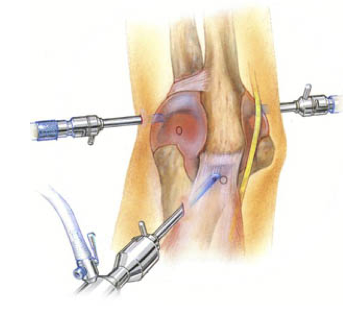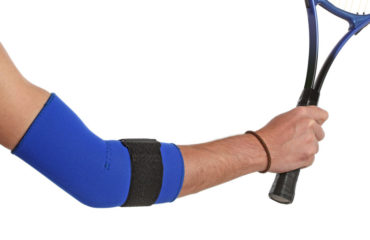by Dr. Adam Farber
As the human body ages, it ceases to be the well oiled machine that it was when you were younger. The joints and muscles no longer function as well as they used to. Regular wear and tear has caused the connective tissues and ligaments to become damaged and torn; and it is because of this that we start to experience pain at the slightest movements. Fortunately, and thanks to the much advancement in technology, there are now procedures meant to alleviate pain in different areas of the body.
What is Elbow Arthroscopy?
Elbow arthroscopy is a relatively new procedure that targets the elbows. Arthroscopy used to be dome mostly on the knees and shoulders. It is a slightly invasive procedure where a surgeon makes a small incision on different areas to be able to examine a person’s joints.
Things to Consider About an Elbow Arthroscopy
- An Elbow Arthroscopy is Less Invasive than Surgery – An elbow surgeon in Phoenix performs the procedure by making small incisions on the elbow. The instrument used is very small and only causes minimal damage to the soft tissue in the area. This also means that there is less pain, stiffness and swelling after the procedure. Had regular open surgery been performed, it would take several days to recover and the patient would not be able to move the affected area at all.
- Elbow Arthroscopy is Used as a Both Treatment and a Preventive Procedure – Physicians all over the world view the procedure as both a treatment and as an effective means to diagnose certain conditions. These include fractures, loose bodies in the joints, stiffness, tennis elbow and even arthritis.
- General or Regional Anesthesia is Needed for an Elbow Arthroscopy – Consider it an endoscopy, but for the joints. Since a small fiber optic camera is inserted through a portal in the affected area, the patient is placed under regional or general anesthesia prior to the procedure. The camera then sends images to a monitor and helps the doctor make the correct diagnosis. More than one incision or portal may be made depending on the severity of the case.
- Patients May Be Immobilized After an Elbow Arthroscopy – While the pain may not be as great compared to an open
 surgery, there will still be some swelling and tenderness. Depending on the case, a patient may need to have an elbow splint for a couple of days to allow for faster healing. Some medication may also be given to prevent infection and reduce swelling. In case there is pain, some pain meds are also given, but this is only for a short period of time.
surgery, there will still be some swelling and tenderness. Depending on the case, a patient may need to have an elbow splint for a couple of days to allow for faster healing. Some medication may also be given to prevent infection and reduce swelling. In case there is pain, some pain meds are also given, but this is only for a short period of time.
- Elbow Arthroscopy Also Has Risks – Only competent specially trained Phoenix elbow surgeons should perform the procedure because of the possibility of damaging some nerves and arteries. There is also a risk of infection in the elbow and the area surrounding it.




